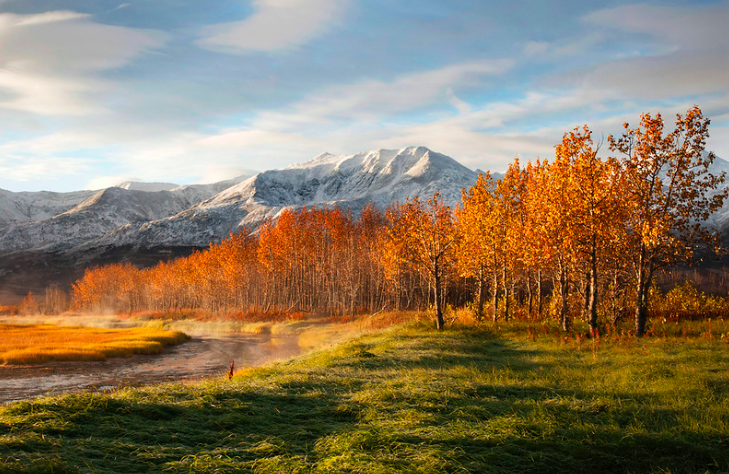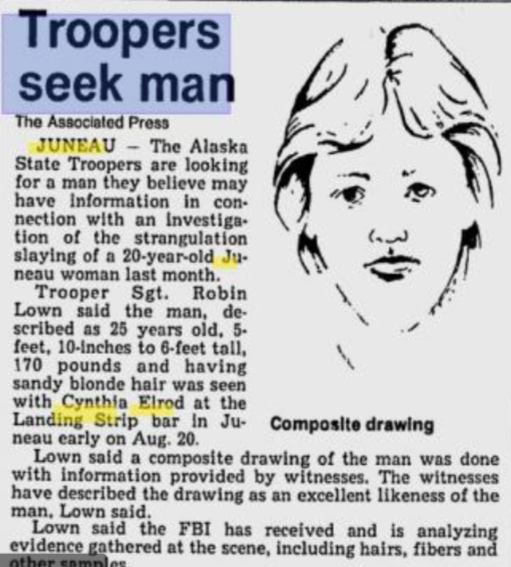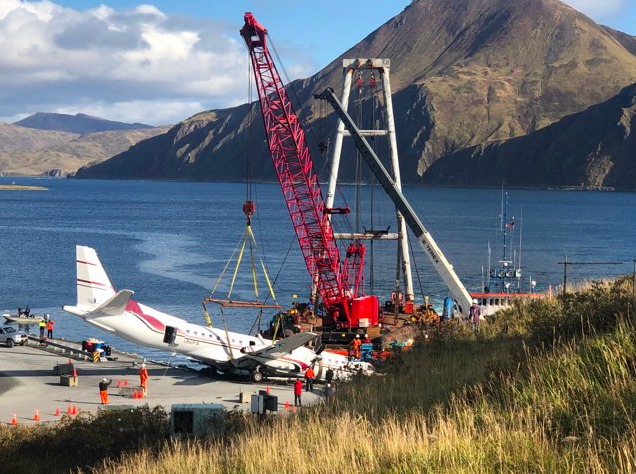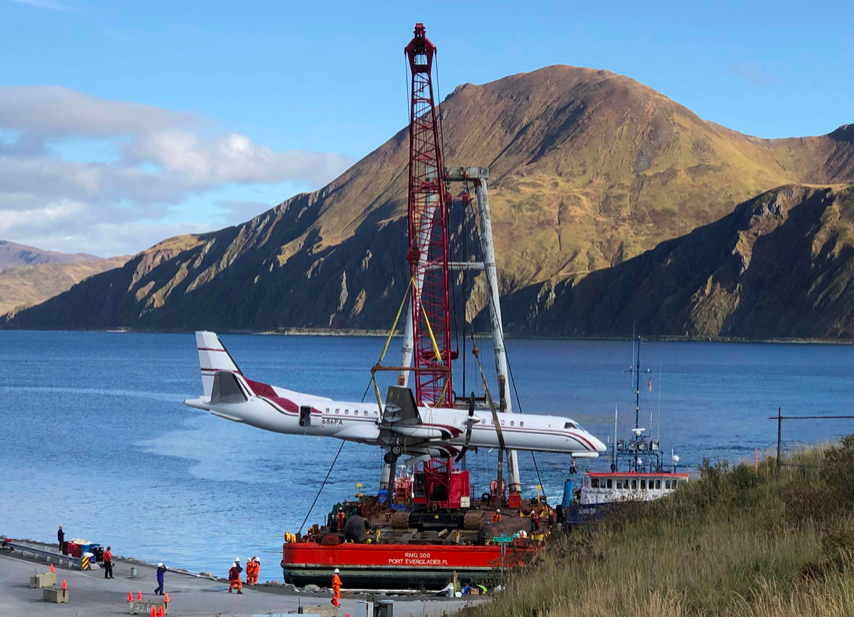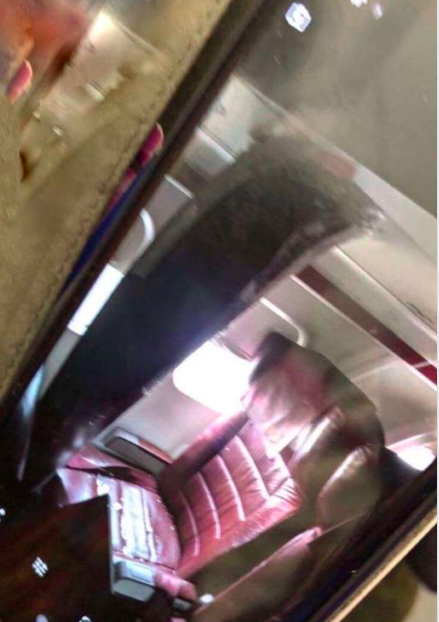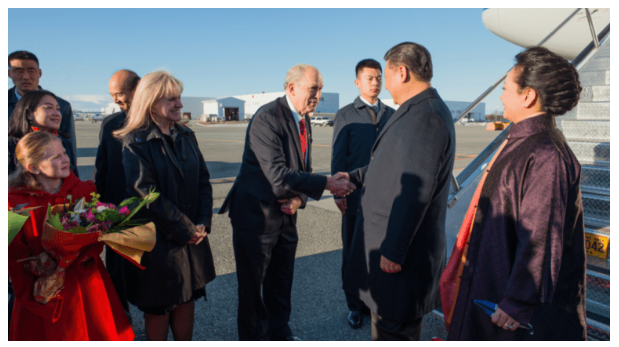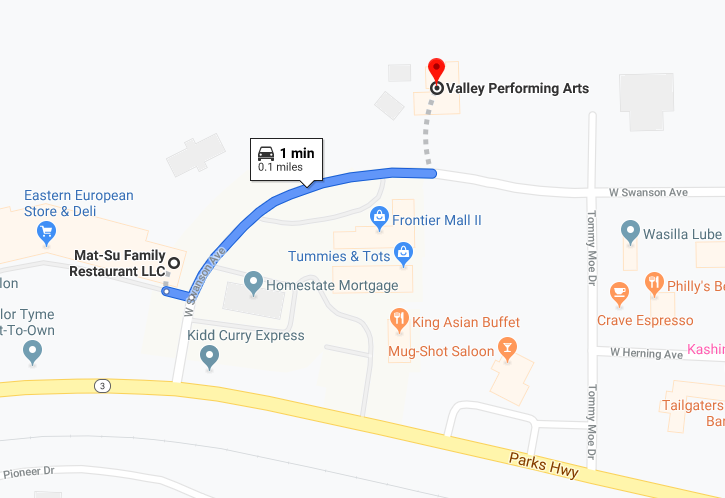THE RISE OF THE NONPROFIT (NO TAX REVENUE) GIFT SHOPS
By WIN GRUENING
In a recent Assembly Finance Committee meeting, Jeff Rogers, City and Borough of Juneau Finance Director, presented a report from his department that warned that the city’s budget path has become unsustainable.
Solutions will be debated at length and will not be arrived at easily.
The difficulty facing the Assembly will be balancing revenues and expenses without adversely affecting our economy at the very time the state is cutting back.
Today, Juneau’s general fund stands at a relatively healthy level of $16 million. But past and continuing draws on the general fund balance – even after accounting for 1 percent annual revenue growth – would drain it down to a minimum level of $5 million in three years.
To their credit, city staff and elected officials are tackling this challenge before the city faces a financially precarious situation.
Rogers told Assembly members that they would likely need to adjust both expenditures and revenues. In plain language that means considering cuts to the existing budget as well as tax increases.
Committee members were provided with data on 92 city-wide departments, programs, and funds that detailed their budget impacts, population served, and whether they were mandatory, essential, or discretionary.
On the revenue side, options presented primarily centered around some variation of increasing sales taxes or property taxes. Each currently contribute approximately half of the total $100 million collected in city taxes annually.
One of the areas being explored is removing some of the 37 different sales tax exemptions currently in place – an action that would increase tax revenues – with minimal impact on most residents. This has the advantage, unlike property taxes, of shifting some of the burden to summertime visitors without actually raising the sales tax rate.
Some of the exemptions are not significant enough to warrant much consideration but one of the most striking is the one that exempts sales to or from certain non-profit entities.
On its face, this exemption doesn’t make sense. Strangely, it was never even mentioned in an extensive report by an Assembly subcommittee reviewing tax exemptions in January 2015.
While one can argue that exempting certain non-profits from payingsales taxes helps them and, thereby, benefits society generally, no such argument can be made to justify exempting retail purchases by Juneau residents and visitors when they shop at non-profit retail establishments.
Indeed, some non-profits operate businesses in Juneau that sell goods and services that often compete directly with private sector businesses that have no such advantage.
Sealaska Heritage, Discovery Southeast Glacier Gift Shop, Juneau Arts and Humanities Council, state and city museum stores, and DIPAC are examples of non-profit sellers that are not required to collect sales taxes on retail sales such as art, books, jewelry, souvenirs, tours and other tourism related activities.
Current estimates by the city of non-taxable sales by non-profit entities exceed $27 million annually. This exemption, then, could be essentially forfeiting up to $1.35 million in sales tax each year if the bulk of sales are by 501(c)3 and 501(c)4 organizations currently exempted under the code. This is more than the estimated tax revenue gained when the Senior Sales Tax Exemption was removed by the Assembly several years ago.
Why are we exempting retail purchases by visitors who expect to pay local sales tax?
Further, why would a non-profit object to collecting the tax? It doesn’t change the amount they receive and would enhance the well-being of the community they serve.
Most cities and states do not have a similar exemption and have crafted ways to carve out exceptions for organizations like the Salvation Army, Girl Scouts, community sports leagues, etc.
It’s never easy for elected officials to argue that programs or exemptions are not essential.
While the recent passage of Proposition 1, raising the bed tax by 2 percent, demonstrated that taxing visitors is not problematic for Juneau voters, the electorate also signaled that they are unwilling to fund non-essential projects. Nor are voters willing to quietly accept general tax increases without a rigorous review of expenditures and tax policy first.
How well the Assembly performs this balancing act will determine whether taxpayers will be subject to a fair, equitable, and transparent public process.
Win Gruening retired as the senior vice president in charge of business banking for Key Bank in 2012. He was born and raised in Juneau and graduated from the U.S. Air Force Academy in 1970. He is active in community affairs as a 30-plus year member of Juneau Downtown Rotary Club and has been involved in various local and statewide organizations.



